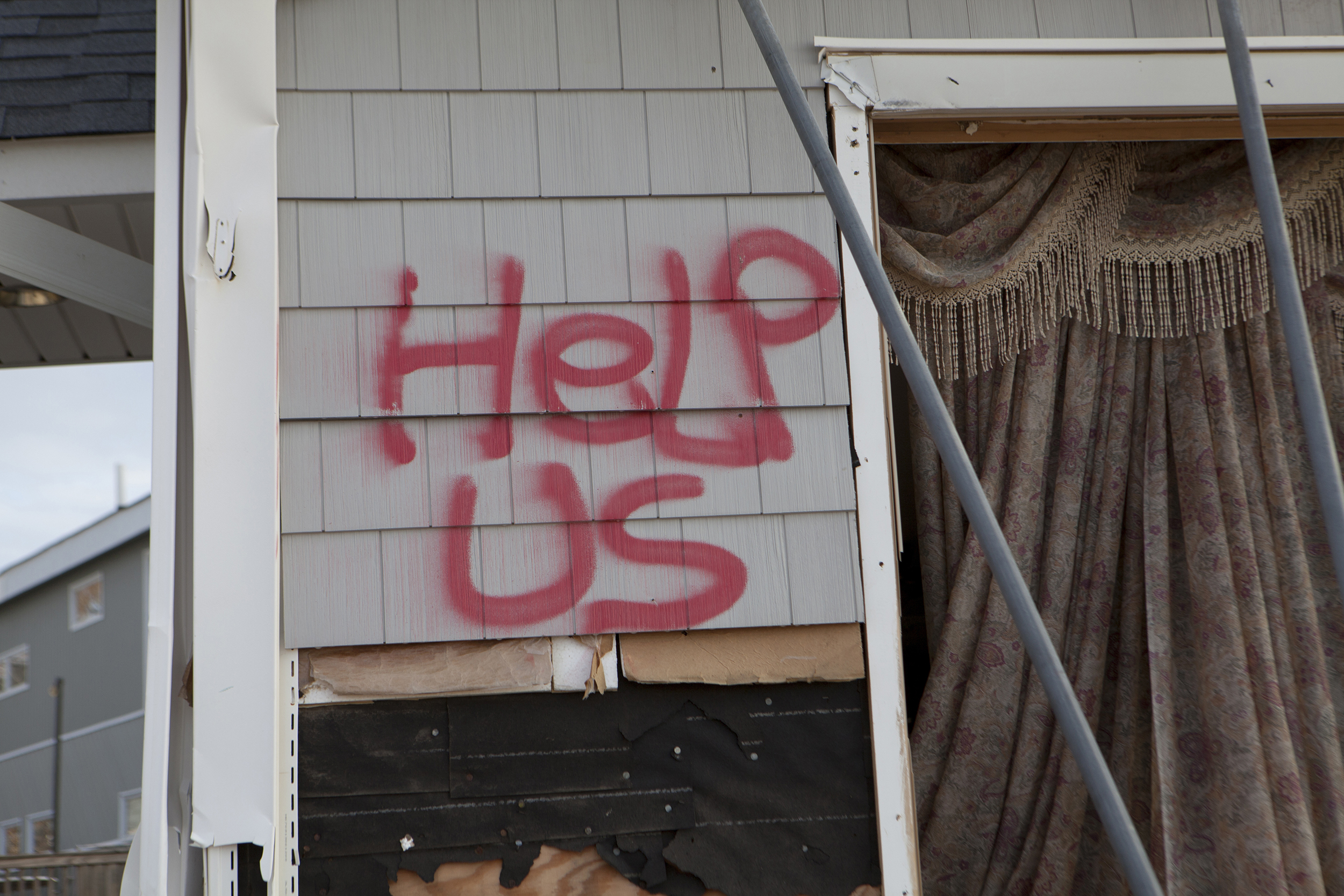Recent Posts
- Essential Earthquake Safety Information: How to Protect Yourself and Your Loved Ones
- What to Do In an Earthquake - The Complete Guide
- Georgia Resident Uses STOP THE BLEED® Training to Save Neighbor
- Emergency Preparedness for Older Adults
- Don't Be a Hot Dog: How to Keep Your Pets Safe This Summer
Self Reliant or Helpless? Which will you be when Disaster Strikes?

The U.S. has experienced an exceptionally active year for natural disasters. From record breaking hurricanes in the South East to a seemingly endless volcanic eruption in Hawaii, Mother Nature has dealt out one devastating blow after another. With the amount of media coverage afforded to each event, U.S. citizens should possess the knowledge and resources to prepare for virtually any disaster. Alarmingly, this is not the case. The frequency of natural catastrophes in the U.S. is increasing but a large portion of Americans do not consider themselves prepared to deal with the aftereffects of cataclysmic events including earthquakes, hurricanes, flooding, pandemic flus and terrorism. A recent national survey of more than 1,000 Americans by a major insurance company found that despite the increased frequency of natural disasters, 75 percent of people do not proactively prepare for severe weather or disastrous events. Additional survey results revealed:
- Eighty percent expressed concern about the increasing pace of such events but only 25 percent proactively prepare for severe weather or disaster events.
- Fewer than half of people surveyed have a backup cell phone on hand. Less than 25 percent have severe weather apps installed to warn if dangerous weather is approaching where they live or work.
- For most people who do prepare, preparation constitutes only food, water and first-aid kits.
- Half of those surveyed are not aware of home technologies such as smart smoke alarms or water sensors that can alert homeowners via cell phone of approaching flood or fire.
- Only 25 percent possess portable electricity generators, hurricane shutters or wet-dry vacuums.
Why are an overwhelming number of Americans unprepared to survive the aftermath of a disaster? Below are some of the excuses we have heard while attending emergency preparedness conferences and by speaking with experts in the field:
- Nothing is going to happen to me.
- Why waste money on supplies I might never need?
- I don’t live in an area that is at risk for a wide spread disaster i.e. hurricane, earthquake, tornado.
- If something does happen, first responders, FEMA and Red Cross will provide the aid I need.
Most Americans will (hopefully) never experience a wide-spread cataclysmic disaster in their life time; however, as we have seen during this year’s hurricane and wildfire season, horrific events impacting hundreds of people do happen, and they are happening more and more frequently.
Survivors of such disasters remember what happened:
”Within an hour I had 18 inches of flood water gushing into my house…”
“As the storm came in giant trees began falling on power lines and eliminating utility services…”
“We heard what sounded like a freight train and then huge chunks of lumber, trees and debris began falling from the sky…”
“I crawled out a window and saw devastation everywhere and my neighbors screaming for help…”
“We are sad to report the seventh death in the wildfire that has now destroyed more than 8,000 homes around Redding, California…”
The reality is, every state and every community in the U.S. can be impacted by a significant natural or man-made disaster. Despite the increase in severity and occurrence of these events, millions of Americans are unprepared, vulnerable and dependent on outside help should an event occur. The experts in disaster preparedness and response – FEMA and Red Cross, both state that families should keep a minimum of 72-hours of survival supplies in their home. These agencies are even going so far as to recommend people increase their food and water supplies to last 10 – 14 days. Depending on the severity of the event, your family could be self-reliant for up to two weeks. Are you prepared for this eventuality? If the answer is no, what is holding you back?
Don’t know how to start preparing?
Different types of natural disasters necessitate different methods of emergency survival preparation. These links provide helpful guidelines from first responder agencies about different emergency preparedness and survival scenarios you may encounter, from winter blizzards to summer tornadoes, hurricanes and more. Click each for preparedness guidelines:
https://www.dhs.gov/natural-disasters
https://www.redcross.org/get-help/how-to-prepare-for-emergencies/types-of-emergencies.html
https://www.quakekare.com/emergency-preparedness/natural-disasters
